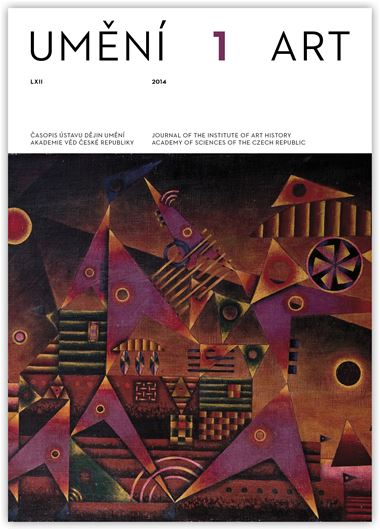Lukáš Bártl
Poezie všedního dne ve fotografii
In the late 1950s and early 1960s, the pages of Czechoslovak newspapers, illustrated magazines, and photographic publications were flooded with simple, unideological photographs that later collectively came to be described as‘poetry of everyday life’. Although this type of work was an important phenomenon in the history of Czech photography, there has never been a comprehensive study on this subject and it has been dealt with only in isolated texts published in compilations on the domestic history of photography. These texts are the only informational resource on the photographers of poetry of everyday life and their sources of inspiration, which were most often considered to be Skupina 42 the work of Henri Cartier-Bresson, and an exhibition titled ‘The Family of Man’ (Lidská rodina). These impulses are rightly recognised as significant, but they should be approached critically, as an even more significant factor appears to be how contemporary photographers defined themselves negatively vis-à-vis Socialist Realism, which led them to create‘uncontroversial’ and thus realistic, ‘unideological’ photographs. In this article, the author identifies the photographers who applied the spirit of poetry of everyday life to their work and does so not just based on the photographs themselves but also in relation to their publication in the contemporary press and books. The author ranks Jiří Jeníček, Václav Jírů, Erich Einhorn, Josef Illík, and the hitherto little known Boris Baromykin among the most important Prague photographers of poetry of everyday life. In Brno he notes Jan Beran, Miloš Budík, Soňa and Vladimír Skoupil, some of the photographs of Josef Tichý, Pavel Dias, and Bohuslav Burian, and the work of two exceptional figures, Karel Otto Hrubý and Vilém Reichmann. And in Olomouc he points to the work of Ivo Přeček, Jan Hajn, Rupert Kytka, and Jaroslav Vávra from the DOFO Group. Outside these centres, due mention is made of Marie Šechtlová and František Dvořák. The author concludes the study with a discussion of how photographs created in the spirit of poetry of everyday life were used in the contemporary press and comments on the links between these photographs and illustrated publications and film.
Full-text in the Digital Library of the Czech Academy of Sciences:
https://kramerius.lib.cas.cz/uuid/uuid:e55676f4-23cf-45c8-8825-f5d6374e16f6
< back

